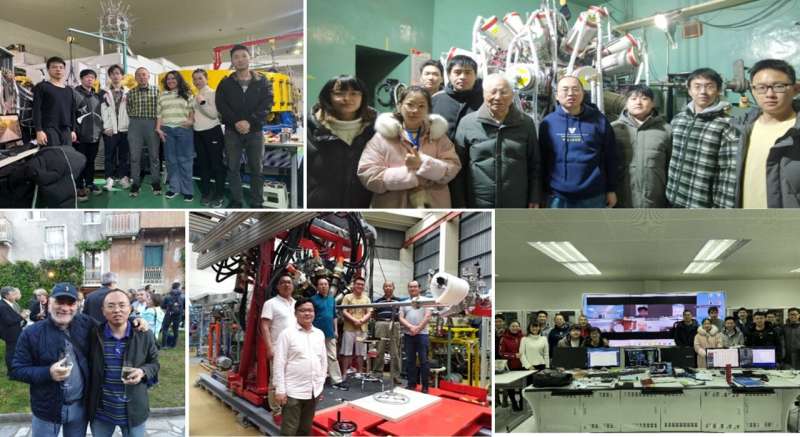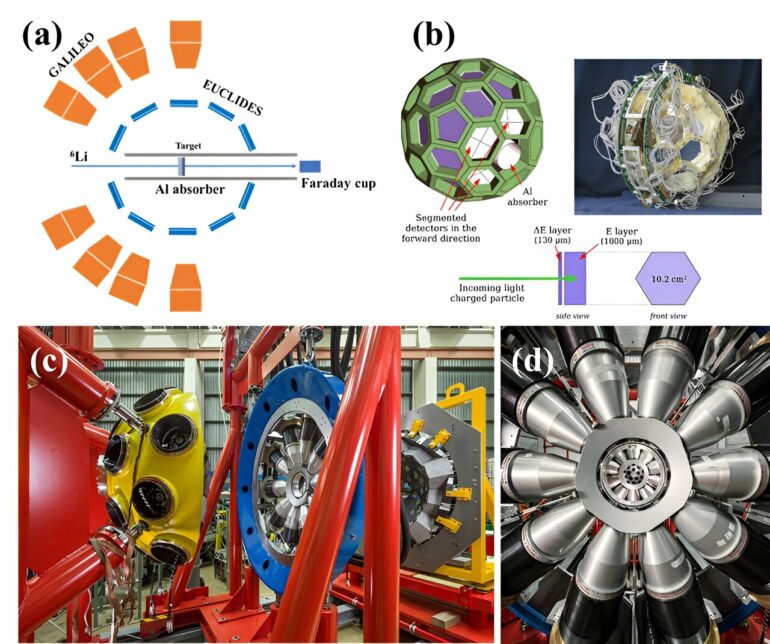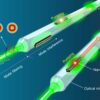Researchers have made significant progress in understanding the transfer of neutrons in weakly bound nuclei. The experiment, performed at Legnaro National Laboratory, focused on the one-neutron stripping process in reactions involving lithium-6 and bismuth-209. The work is published in the journal Nuclear Science and Techniques.
The collaborative research effort has shown that the one-neutron stripping process yields results comparable to those of complete fusion reactions especially in energy regions near nuclear barriers. Contrary to previous expectations, the results indicate that the one-neutron transfer plays a dominant role at lower energies, exceeding the output of fusion reactions.
This research builds on decades of investigations into how weakly bound nuclei like lithium-6 interact with heavier nuclei. Lithium-6 is known for its delicate structure which makes it prone to breaking up and engaging in complex reaction pathways. The study has confirmed that even as energy decreases, the impact of these reactions remains significant, providing new data on how nuclear interactions occur under various conditions.
Using the advanced GALILEO Array coupled with the 4π Si-ball EUCLIDES, the researchers conducted in-depth spectroscopic analysis to track and identify the reactions. The gamma-gamma coincidence method was crucial in isolating specific reaction channels, allowing the team to pinpoint the behavior of nuclei under different conditions with high accuracy.

The research group collaborates with international research institutes such as Sun Yat-sen University, Shenzhen University, Universita di padova, and the Universidade Federal do Rio de Janeiro. The advanced gamma detection array and charged particle detection array have been performed to carry out research on nuclear reactions and nuclear structures involving stable weakly bound nuclei at large scale scientific facilities such as the National Laboratory of Legnaro (LNL) in Italy and the China Institute of Atomic Energy, promoting the development of relevant theoretical models as well as the rapid improvement of experimental techniques and measurements. (https://doi.org/10.1007/s41365-024-01462-w). © Zhang, Gaolong
Enhanced nuclear application strategies
“By better understanding the behavior of nuclei in these conditions, we can enhance our approaches to nuclear energy production and radiation therapy,” stated J. Lubian, the corresponding author of the study. This research paves the way to potential applications in medical physics and energy research, where precise knowledge of nuclear processes is crucial.
The one-neutron stripping process underscores the intricate and nuanced nature of nuclear reactions, providing a stepping stone for future scientific breakthroughs in nuclear science and technology.
More information:
Gao-Long Zhang et al, One-neutron stripping process in the 209Bi(6Li, 5Li)210Bi* reaction reaction, Nuclear Science and Techniques (2024). DOI: 10.1007/s41365-024-01462-w
Provided by
Nuclear Science and Techniques
Citation:
Key mechanism in nuclear reaction dynamics promises advances in nuclear physics (2024, June 21)



